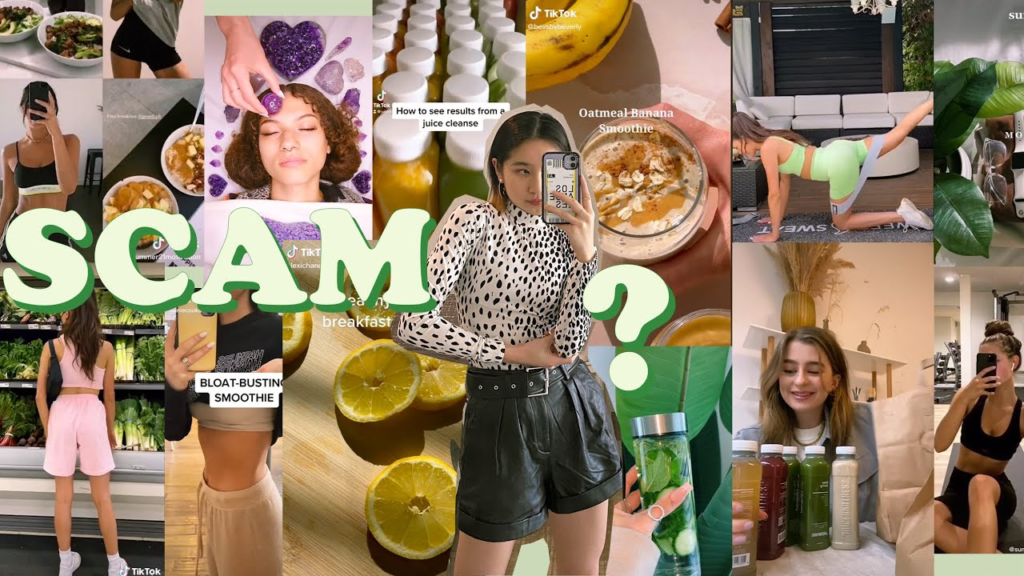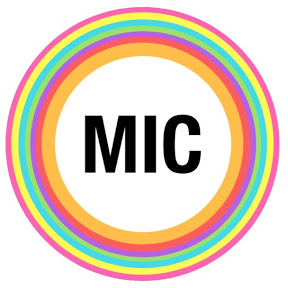
The wellness industry has recently become a trending topic on social media across varying age groups. While the popularity of wellness has rapidly increased, this is not a new lifestyle. But, it has changed from the desire of good health and well-being to an obsession and constant yearning for healthy tactics and alternatives.
The objective of wellness promises multiple things: a stronger mental capacity, a fit and lean body, shiny hair, bright skin, and better hygiene. But, at what cost? In an article titled, “Wellness Culture Won’t Save Us, It’s Only Making Us More Sick,” author Sadhbh O’Sullivan refers to Dr. Halpert L. Dunn’s, who is the deemed ‘father’ of wellness, distinguished differences between wellness and health. He believes that while good health is the desire for an absence of illness, wellness is an active and continuous desire for self improvement.
TikTok has become the platform that enables the spread of wellness culture due to the massive amount of people who can access a video, creating an easier environment for videos to go viral. Some of this advice of non-professionals with hacks and tips for easier health are dangerous because they have not been proven to be effective or even safe. In a CNN health article, CNN Medical Analyst, Dr. Leana Wen, said “It’s difficult because, on the one hand, there are practices that are harmful. But on the other hand, there are some that actually offer benefits for individuals’ health.”
Some examples of wellness TikTok trends include stuffing garlic gloves inside your nostrils to reduce swelling and mucus build-up, green juices and ginger shots, mouth taping, and more popularly, the 12-3-30 treadmill workout. While these may not be harmful and are actually very beneficial to your health, the constant resurgence of new and enhanced forms of health just isn’t going to magically fix all of our problems. There is one seemingly harmless trend of taking a walk around the neighborhood park or beach has been coined as a, “hot girl walk.” Giving a name to such a simple act of good health has made it trendy to go for afternoon strolls.
In her article titled “Toxic Wellness Culture: Why Over-Focusing on Health Is Keeping Us Sick,” author and blogger Lindsey Dietz said, “Our health is our greatest asset, so of course we want to protect it. There is absolutely nothing wrong with eating real food, breathing clean air, getting quality sleep, and moving your body. Yes, do those things!” However, following wellness trends, unfortunately, will not fix issues ignored internally.
Actress Gwenyth Paltrow was recently interviewed by Dr. Will Cole for his podcast, The Art of Being Well, where she was asked what her day of eating looks like. Paltrow has notoriously become a leader of the wellness trend, following the release and success of her company, Goop, a holistic wellness brand. But, her interview turned slightly dark when she admitted her diet consists of coffee in the morning, bone broth for lunch most days, and then a vegetable heavy dinner early in the day. People became concerned and deemed her diet to be on the verge of eating disorder territory. Sam Manzella, writer for SheKnows, wrote that Paltrow has suffered from COVID-19 symptoms for an extended period of time. “‘This is based on my medical results and extensive testing that I’ve done over time,’ she [Paltrow] said. And while her routine is ‘working very well’ to keep her long COVID symptoms at bay, Paltrow wasn’t trying to offer ‘advice for anybody else.’” While the explanation was received, it should’ve been mentioned beforehand because her opinion as a wellness entrepreneur is highly impressionable.
Perhaps it is possible to engage with the constant flow of wellness tactics in a healthier and safer manner instead of striving for perfection. If you are concerned about your health, consult with a doctor or professional instead of relying on potentially harmful podcast and blog recommendations.




